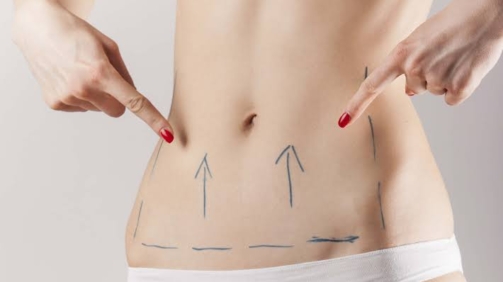What is a Rhinoplasty?
A Rhinoplasty is a surgical procedure where nose deformities are corrected. This procedure is usually done under
general anesthesia and may be done as a day care procedure or may involve a hospital stay for a day or two
depending on the duration of the surgery and the severity of the problem. A Rhinoplasty can also be done along with
a Septoplasty (a procedure to correct breathing problems due to a deviated nasal septum).
What is the procedure involved in Rhinoplasty?
The procedure involves making incisions either inside the nose or across the skin that separates the nostrils. The
surgeon then reshapes the bone and cartilage of the nose to create the desired appearance or correct functional
issues. The skin is then redraped over the new framework of the nose, and the incisions are closed.
There are two main techniques used in rhinoplasty: open and closed. Open rhinoplasty involves making a small incision on the skin between the nostrils, while closed rhinoplasty involves making incisions inside the nostrils. The choice of technique depends on the specific goals of the surgery, the patient’s individual anatomy and the surgeon’s comfort.
Rhinoplasty can be used to address a variety of concerns, including:
- Nasal hump or bump
- Depressed nose
- Crooked or asymmetrical nose
- Wide or bulbous tip
- Breathing difficulties due to structural issues in the nose
Benefits of Rhinoplasty
The benefits of rhinoplasty can include improved facial harmony and balance, increased self-confidence, and
improved breathing function.
Is the rhinoplasty procedure painful?
In addition to pain, patients may experience other side effects following rhinoplasty, including swelling, bruising,
and temporary numbness or tingling in the nose and surrounding area. These side effects usually subside with the
medications advised to you, and most patients are able to return to normal activities within one to two weeks of the
procedure.




